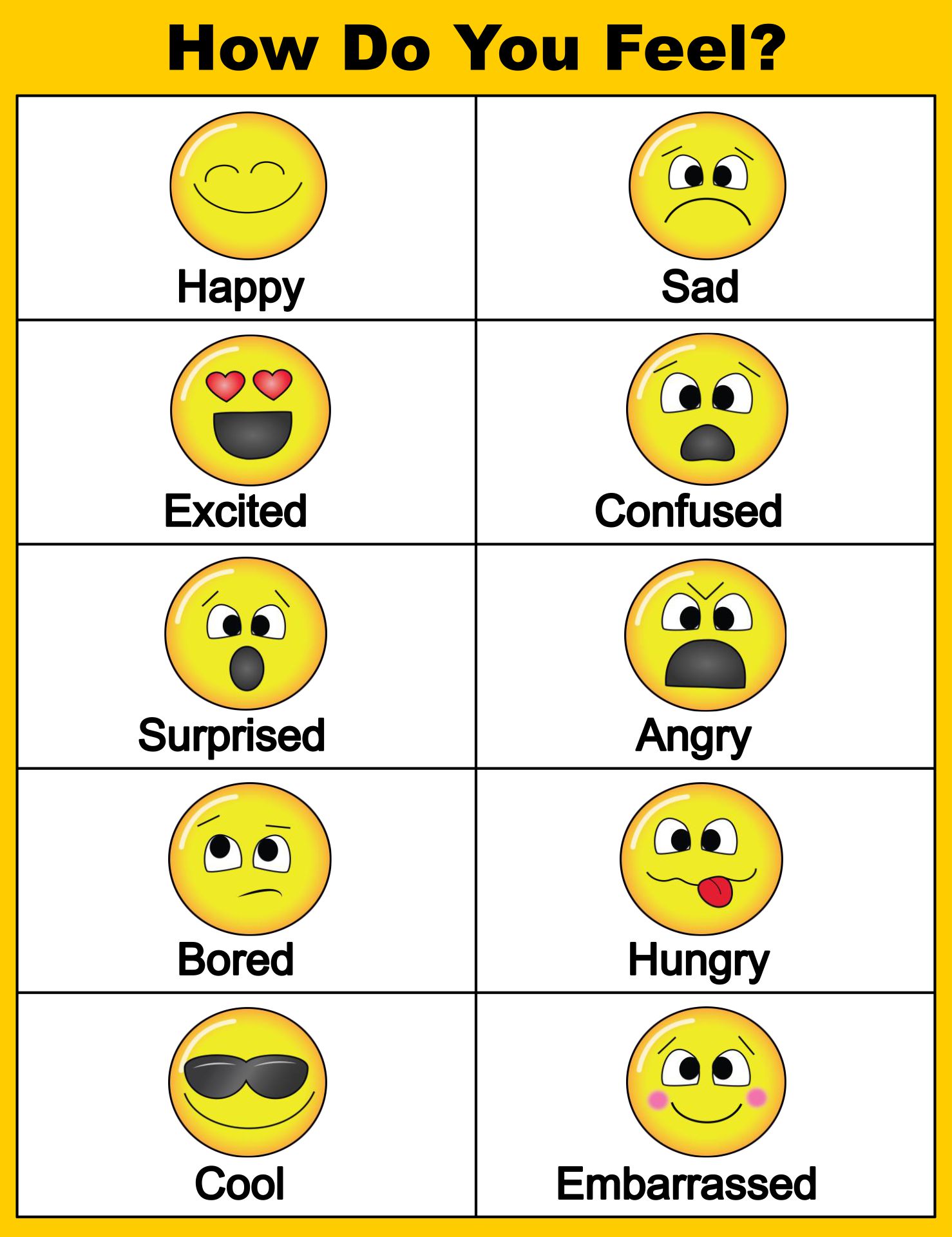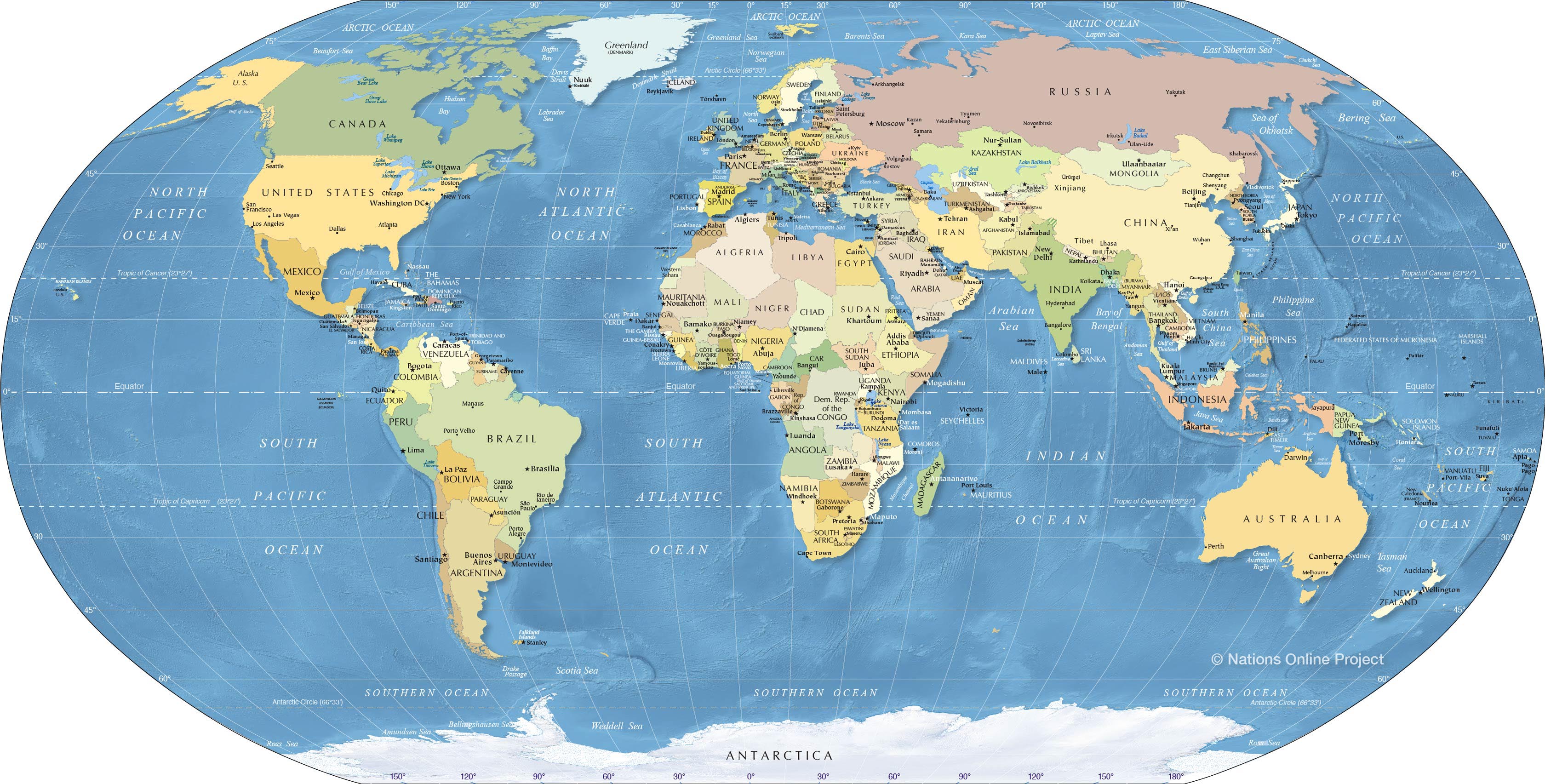Seismic Intensity: Measuring Earthquake Magnitude & Ground Shaking Effects
Ever felt that unsettling rumble and wondered, "How strong was that earthquake, *really*?" You're not alone. Understanding the intensity of an earthquake involves more than just knowing the earthquake magnitude. We're here to demystify the science behind ground shaking and provide a comprehensive guide to understanding seismic intensity, moving beyond the Richter scale and exploring the nuances of how we measure and perceive these powerful events.
Understanding Seismic Intensity Scales
Seismic intensity scales are crucial tools for assessing the effects of an earthquake on humans, structures, and the natural environment. Unlike earthquake magnitude scales, which quantify the energy released at the earthquake's source, intensity scales measure the severity of ground motion and its observable effects at specific locations. This means that a single earthquake will have one magnitude, but potentially many different intensity values depending on the location. The most widely used intensity scale is the Modified Mercalli Intensity Scale (MMI).
The MMI uses Roman numerals (I to XII) to represent increasing levels of shaking and damage. At the lower end (I-II), the shaking might only be felt by a few people, especially those on upper floors. As the intensity increases, so does the impact: Intensity VI may cause furniture to move and plaster to crack, while Intensity IX can result in considerable damage to poorly built structures and partial collapse of well-built ones. At the highest levels (XI-XII), damage is catastrophic, with widespread destruction and significant permanent ground deformation.
While intensity scales are subjective, relying on observations and reports, they provide valuable information about the geographic distribution of shaking and the impact of the earthquake on communities. Historical earthquakes, for which instrumental recordings are unavailable, can be assessed using intensity data derived from historical accounts and geological evidence.
The Modified Mercalli Intensity Scale in Detail
The Modified Mercalli Intensity Scale (MMI) is a descriptive scale that assigns a value from I to XII based on observed effects. These effects include what people felt, the damage to structures, and changes to the natural environment. The MMI is crucial for understanding the impact of an earthquake on a specific region and complements magnitude scales, which measure the energy released at the source.
| Intensity | Description of Effects |
|---|---|
| I | Not felt except by a very few under especially favorable conditions. |
| II | Felt only by a few persons at rest, especially on upper floors of buildings. |
| III | Felt quite noticeably by persons indoors, especially on upper floors of buildings. Many people do not recognize it as an earthquake. Standing motor cars may rock slightly. Vibrations similar to the passing of a truck. Duration estimated. |
| IV | Felt indoors by many, outdoors by few during the day. At night, some awakened. Dishes, windows, doors disturbed; walls make cracking sound. Sensation like heavy truck striking building. Standing motor cars rocked noticeably. |
| V | Felt by nearly everyone; many awakened. Some dishes, windows broken. Unstable objects overturned. Pendulum clocks may stop. |
| VI | Felt by all; many frightened. Some heavy furniture moved; a few instances of fallen plaster. Damage slight. |
| VII | Damage negligible in buildings of good design and construction; slight to moderate in well-built ordinary structures; considerable damage in poorly built or badly designed structures; some chimneys broken. |
| VIII | Damage slight in specially designed structures; considerable damage in ordinary substantial buildings with partial collapse. Damage great in poorly built structures. Fall of chimneys, factory stacks, columns, monuments, walls. Heavy furniture overturned. Sand and mud ejected in small amounts. Changes in well water. Disturbs persons driving motor cars. |
| IX | Damage considerable in specially designed structures; well-designed frame structures thrown out of plumb. Damage great in substantial buildings, with partial collapse. Buildings shifted off foundations. Ground cracked conspicuously. |
| X | Some well-built wooden structures destroyed; most masonry and frame structures destroyed with foundations. Ground badly cracked. Rails bent. Landslides considerable from river banks and steep slopes. Shifted sand and mud. Water splashed (slopped) over banks. |
| XI | Few, if any (masonry) structures remain standing. Bridges destroyed. Broad fissures in ground. Underground pipelines completely out of service. Earth slumps and land slips in soft ground. Rails bent greatly. |
| XII | Damage total. Waves seen on ground surface. Lines of sight and level distorted. Objects thrown upward into the air. |
Factors Influencing Perceived Shaking
The shaking you experience during an earthquake is influenced by several factors, including the earthquake magnitude, the distance from the epicenter, the local geology, and the depth of the earthquake's focus. Even though two people might be the same distance from the epicenter, they may experience very different levels of shaking.
Ground motion is amplified in areas with soft soil or sediments compared to areas with bedrock. This is because seismic waves travel slower in softer materials, causing them to increase in amplitude. This phenomenon contributed significantly to the damage in the 1985 Mexico City earthquake, where distant seismic waves were amplified by the city's soft lakebed sediments. According to a 2024 study by the USGS, areas with thick sediment layers can experience ground shaking 2-5 times stronger than areas with bedrock during a moderate to large earthquake.
Local Geology and Site Effects
The type of soil and rock beneath you plays a massive role in how the shaking feels. Soft soils amplify seismic waves, meaning stronger shaking and more damage. Hard bedrock? Less amplification. This is why some areas suffer far more damage than others, even when located at similar distances from the epicenter.
Depth of the Earthquake
Shallow earthquakes cause more intense shaking than deep earthquakes of the same magnitude because the seismic waves have less distance to travel and therefore lose less energy before reaching the surface. A shallow earthquake will radiate more energy to the Earth's surface, resulting in more intense ground shaking.
Distance from the Epicenter
Intensity generally decreases with distance from the epicenter. The closer you are, the stronger the shaking, and the higher the intensity. However, the relationship isn't always linear due to factors like local geology and the direction of fault rupture. Directivity focuses the energy in one direction.
Earthquake Magnitude vs. Intensity: What's the Difference?
It's crucial to distinguish between earthquake magnitude and intensity. Magnitude is a single number that quantifies the energy released at the earthquake's source, typically measured using the Richter scale or the moment magnitude scale. Intensity, on the other hand, is a measure of the effects of the earthquake at a specific location. Magnitude is determined instrumentally using seismographs, while intensity is based on observed effects.
Think of it this way: magnitude is like the wattage of a light bulb, while intensity is like the brightness you perceive at different distances from the bulb. The wattage (magnitude) remains constant, but the brightness (intensity) diminishes as you move further away. Several magnitude scales have been developed over time. The Richter scale, while historically significant, is less accurate for large earthquakes. The moment magnitude scale is now the standard for measuring large earthquakes because it's based on the physical properties of the fault lines and is more accurate for quakes of all sizes.
While magnitude provides a general measure of an earthquake's size, intensity provides a more localized and descriptive assessment of its impact. Both are valuable for understanding earthquakes, but they provide different types of information.
The Role of Tectonic Plates and Fault Lines
Earthquakes occur primarily along fault lines, which are fractures in the Earth's crust where tectonic plates interact. These plates are constantly moving, and when they get stuck against each other, stress builds up. Eventually, the stress exceeds the strength of the rocks, causing a sudden rupture and the release of energy in the form of seismic waves. The location and characteristics of these fault lines, as well as the type of plate boundary (convergent, divergent, or transform), influence the frequency and magnitude of earthquakes in a particular region.
California's San Andreas Fault, for example, is a transform boundary where the Pacific and North American plates slide past each other horizontally. This fault line is responsible for many of California's earthquakes. In contrast, subduction zones, where one plate slides beneath another, are typically associated with the largest earthquakes on Earth. The 2011 Tohoku earthquake in Japan, which triggered a devastating tsunami, occurred in a subduction zone.
Understanding the relationship between tectonic plates, fault lines, and earthquake generation is crucial for assessing earthquake hazards and implementing effective mitigation measures. Areas near active fault lines are at higher risk of experiencing earthquakes, and building codes and land-use planning should take this into account.
Earthquake Preparedness and Mitigation
Knowing about seismic intensity is one thing; being prepared is another. Earthquake preparedness is crucial for minimizing the impact of earthquakes on individuals, communities, and infrastructure. Preparedness involves a range of measures, including earthquake drills, securing furniture and appliances, creating emergency kits, and strengthening buildings. Statistics show that homes built with modern construction techniques fare better than those built decades ago.
Public education is also essential. People need to know what to do during an earthquake (drop, cover, and hold on), where to go for safety, and how to respond after the shaking stops. Communities can implement early warning systems that provide seconds to minutes of warning before the arrival of strong shaking. While this may not seem like much time, it can be enough to take protective actions, such as shutting down critical infrastructure and alerting the public.
Earthquake preparedness and mitigation are ongoing processes that require collaboration between individuals, communities, governments, and the private sector. By taking proactive steps, we can reduce the vulnerability to earthquake hazards and build more resilient societies.
Practical Steps for Earthquake Safety
- Secure Your Space: Bolt heavy furniture to walls, secure appliances, and store heavy items on lower shelves.
- Create an Emergency Kit: Include water, food, a first-aid kit, a flashlight, a whistle, and a battery-powered radio.
- Develop a Communication Plan: Establish a meeting place for your family and have a way to communicate if you're separated.
- Know Your Risks: Understand the potential for earthquakes in your area and the specific hazards associated with your location (e.g., liquefaction, landslides).
Remember, earthquake preparedness isn't just about physical preparations; it's also about mental preparedness. Knowing what to expect and how to react can significantly increase your chances of staying safe during an earthquake.
The Future of Seismic Intensity Research
Seismic intensity research is continually evolving, driven by advances in technology, data analysis, and our understanding of earthquake processes. Researchers are developing more sophisticated intensity scales that incorporate factors such as building vulnerability, soil conditions, and the frequency content of ground motion. The goal is to create intensity scales that provide a more accurate and nuanced assessment of earthquake impacts.
Furthermore, machine learning and artificial intelligence are being used to analyze large datasets of earthquake observations and develop predictive models of seismic intensity. These models can help to identify areas at high risk of strong shaking and guide mitigation efforts. Real-time intensity maps are also becoming increasingly common, providing valuable information to emergency responders and the public in the immediate aftermath of an earthquake.
"Advancements in sensor technology allow us to measure ground motion with unprecedented precision, leading to more accurate and timely assessments of seismic intensity," says Dr. Emily Carter, a leading seismologist at Caltech.
FAQ: Frequently Asked Questions About Seismic Intensity
What is the difference between earthquake magnitude and intensity?
Earthquake magnitude measures the energy released at the source of the earthquake. Intensity measures the effects of the earthquake at a particular location. Think of it as magnitude being the earthquake's "size," while intensity is its "impact."
How is seismic intensity measured?
Seismic intensity is primarily measured using the Modified Mercalli Intensity Scale (MMI), which is based on observed effects such as what people felt, the damage to structures, and changes to the natural environment.
What factors influence the shaking I feel during an earthquake?
The shaking you feel is influenced by several factors, including the earthquake's magnitude, the distance from the epicenter, the local geology, and the depth of the earthquake.
How can I prepare for an earthquake?
Earthquake preparedness involves securing your home, creating an emergency kit, developing a communication plan, and knowing what to do during and after an earthquake.
Understanding seismic intensity is a crucial step in preparing for and mitigating the impacts of earthquakes. From understanding the Modified Mercalli Intensity Scale to knowing the factors influencing ground shaking, we hope this comprehensive guide has empowered you with the knowledge to better understand and prepare for these natural events. Now, we want to hear from you! Share your experiences, ask your questions, and let's continue the conversation about earthquake preparedness in the comments below.


